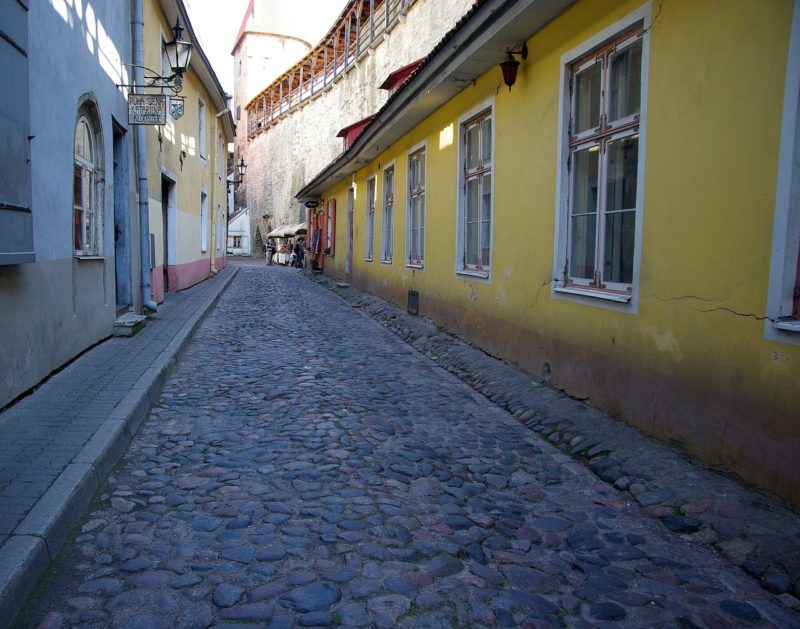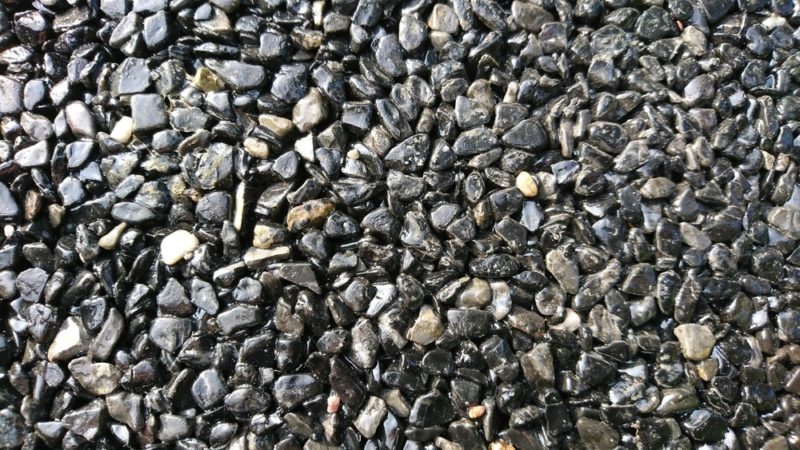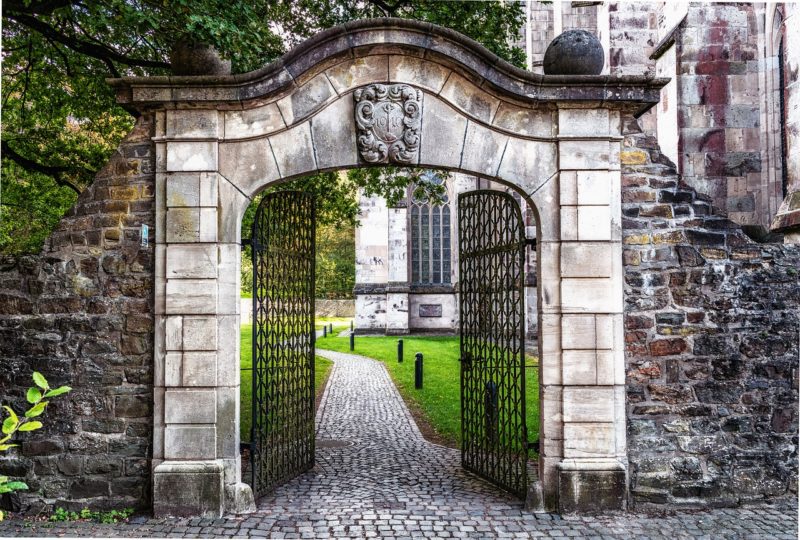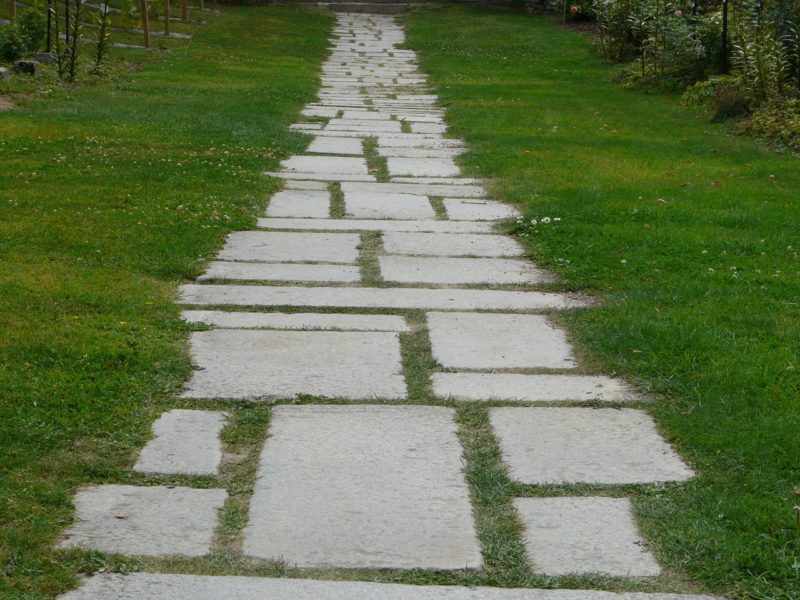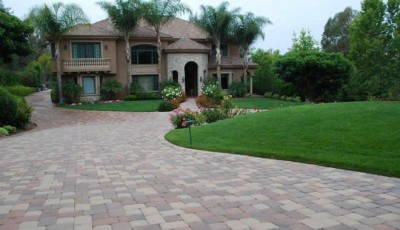Various Types of Pervious Paving Materials
Mostly, asphalt and concrete are used in the paving system but these badly effects the environment. Therefore, new methods, techniques, and materials have been developed by engineers for paving. Pervious paving materials are beneficial and help the ecosystem to improve. These look more beautiful and pleasing than the asphalt and concrete material.
There are many types of pervious paving materials and all are sustainable and eco-friendly. They all allow water to pass through them and the main idea behind putting pervious paving is recharging the groundwater table. Water while passing through the various layers of the paving surface gets filtered. The layers filter out the pollutants on the way down, making the water clean. Since, the time it first came into existence, it is spreading increasingly among the people. It has become quite popular among the homeowners because of the benefits and way of saving water.
There are four layers of material involved in making the pavement pervious. Four different types of pervious paving materials are used in each of the four layers. The first layer, the base of the whole structure is made of sand so that water can easily pass through it to the soil. The second layer, this layer lies on top of the sand and can be a gravel bed or some filtering fabric. The third layer, this is a complete layer of gravels, which provides strength and holds the paving material firmly. The last layer, it is the top layer, which is applied on the paving materials.
All these layers work as a filtration system for the water percolating down to the water table. These pervious paving materials prevent the water from going to the sewers, unlike the impervious materials. There are many types of paving materials used in paving a place, some of them are mentioned and discussed below.
Types of Materials
All the paving materials, pervious paving, permeable paving, or porous concrete, they all function in the same way. They allow water to pass through them, unlike the other materials on which the water runs-off to the drain and sewer pipes. There is a range from where one can choose the suitable material for paving the area.
- Dry Paving: Dry paving is simple and easy to install. It requires some dry stones or paving material applied on the bed of gravel. Instead of stones, pieces of concrete can be reused which will, in turn, increase sustainability. Water can pass through these small cracks and even grass or wild moss can grow through them. This will also enhance the beauty of the pavement and will look more life-like.
- Brick Paving: Simple bricks can be utilized in pervious paving materials. Each unit of brick can be put together in a desired design on the gravel or sand bed. The gaps between the bricks can be filled by porous concrete so that the water can pass through the surface. Many innovative designs are formed using these bricks and it looks appealing.
- Grass Paving: This is a new and unique type of pervious paving. It is mostly done in residential places and is quite easy to install. On completion, it gives a beautiful appearance to the whole place and is strong. Therefore, heavy vehicles and loads can pass on easily. A system or pervious paving materials are laid down on the ground and then grass seed is planted in the gaps.
Conclusion
Pervious or permeable paving is a new and natural type of paving system. It looks beautiful and pleasing to the eyes. These previous paving materials have a one-time installation cost, which is quite expensive. But has many advantages like it is environment-friendly, prevents skids, and water run-off. Revitalizes the groundwater table, which is essential for the environment.

